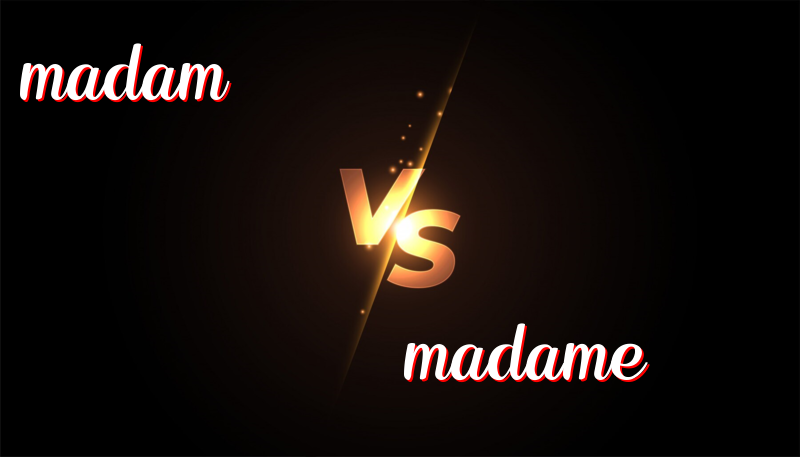Understanding Madam and Madame
Difference Between “Madam” and “Madame”
Words can have similar sounds but different meanings. “Madam” and “Madame” are such words. Let’s learn more about them.
History
“Madam” is a word used in English for a long time. People often used it to show respect to women. It comes from the Old French word “ma dame” which means “my lady.”
“Madame” is French. It also means “my lady” in the French language. It is used when speaking in French or referring to French women in English.
How to Use Them
Madam is often used in English speaking countries:
- As a polite way to talk to a woman whose name you do not know.
- In official or formal letters.
- When addressing female authority figures, like a principal or a judge.
Madame is used when:
- You are speaking French.
- Referring to a French woman.
- In some English settings to refer to a woman with a French title.
Trick to Remember the Difference
Remember that “Madam” is used for general, polite English. “Madame” is more specific and often used with French context.
Examples of “Madam”
- “Excuse me, madam, is this seat taken?”
- “Dear Madam, I am writing to request more information.”
- “Good evening, madam. How can I assist you today?”
- “Madam Chair, may I speak next?”
- “Welcome, madam. Please enjoy your stay.”
Examples of “Madame”
- “Madame Curie was a famous scientist.”
- “Bonjour, madame! Comment ça va?”
- “Madame will be joining us for dinner.”
- “The artist is known in France as Madame Riviere.”
- “The letter was addressed to Madame Dubois.”
Summary
To sum up, “Madam” is used in English-speaking contexts to show politeness to women. “Madame” is mostly used in French settings or when talking about French women. Remember the distinction based on language and setting. This will help you use both words correctly.

Leave a Reply
You must be logged in to post a comment.